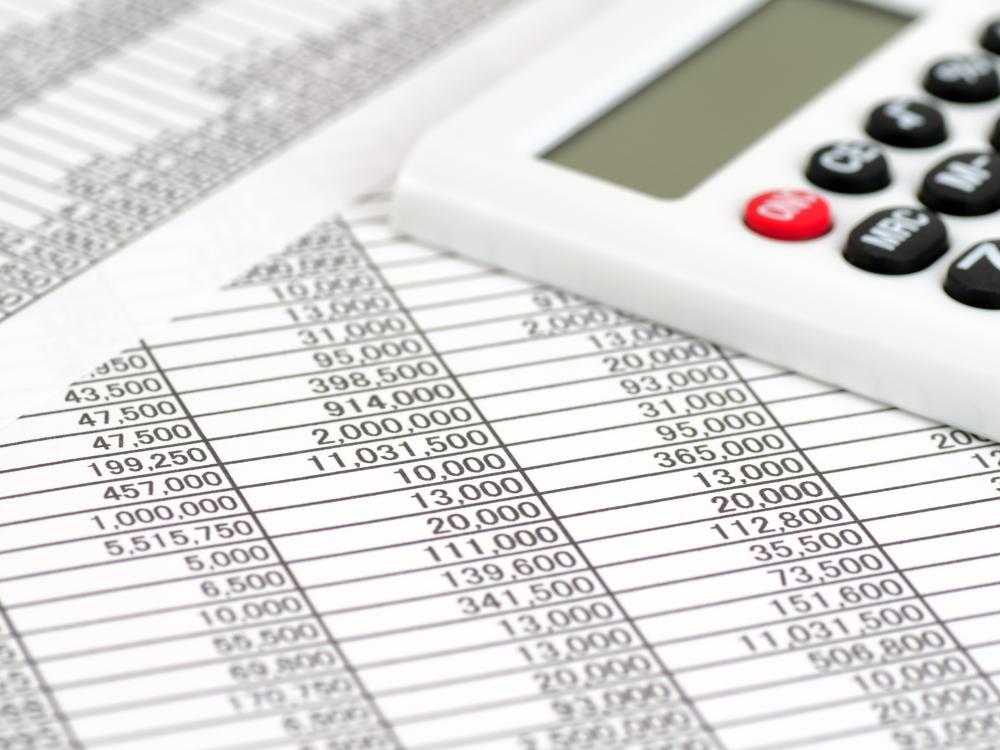At WiseGEEK, we're committed to delivering accurate, trustworthy information. Our expert-authored content is rigorously fact-checked and sourced from credible authorities. Discover how we uphold the highest standards in providing you with reliable knowledge.
What is an Accounting Practice?
An accounting practice is a particular set of policies for the way accounts are put together. In many countries, there is a legally required accounting practice for public companies. This is designed to make it easier for investors to compare the balance sheets and accounts of different companies.
At first glance, it may seem that all sets of accounts would be produced the same way as they all deal with the same factors of income and expense. In reality, there are many potential variations because assets tend to be complex. In particular, accountants often have to make assumptions or estimates about the value of an asset that is held by a company.

The United States has rules known as the Generally Accepted Accounting Principles (GAAP). These set out the accounting practice which should normally be followed by any publicly traded companies. Similar rules apply in most major market-based economies. Many such rules are based on the International Financial Reporting Standards, a set of guidelines for accounting practice produced by an international committee.

The GAAP sets out four main principles which accounts should follow. First, assets should be listed at the price that was paid for them rather than an estimate of their current value. Second, accounts should list as much detail as possible without making the cost of preparation excessive. Third, wherever possible, each item of expenditure should be detailed with the specific revenues it helped produce. Finally, revenue should be listed when it is earned, for example when good are sold, rather then when the cash is actually received.
In the 1990s and 2000s, GAAP developed to allow more use of mark-to-market, also known as fair value accounting. This involves listing some assets based on their current value, contrary to the principle of listing the purchase price. The main benefit is that doing so gives a better picture of the asset's real value. The main drawback is that it can appear to show a firm has made a large profit or loss which doesn't actually exist until the company either chooses to sell the asset or is forced to do so.
GAAP has since been revised to impose stricter rules on the use of mark-to-market accounting. The aim was to standardize the process by which the current market price was calculated. This came about because some firm's had used dubious assumptions which overstated the value of the assets, leading to financial scandals. Enron was one of the company's commonly associated with this type of behavior.
AS FEATURED ON:
AS FEATURED ON:












Discuss this Article
Post your comments